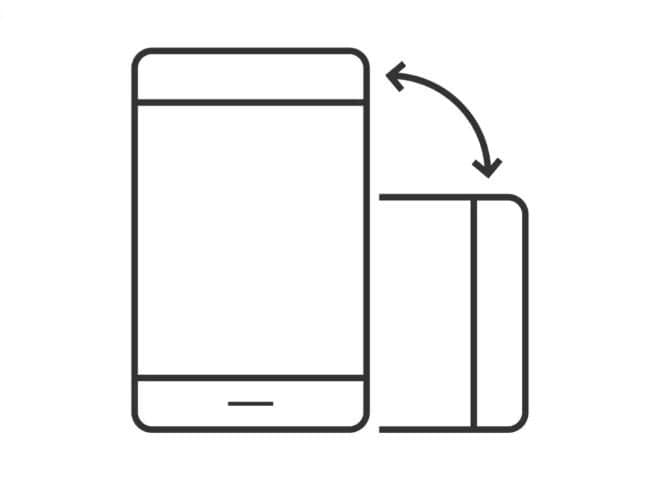VP OF NEW BUILDS AT MSC CRUISES, TREVOR YOUNG ANSWERS YOUR QUESTIONS ABOUT HOW WE DESIGN OUR SHIPS

What is a cruise ship prototype?
A prototype is essentially the template or blueprint for a cruise ship, and is used to build a group of ships known as classes. A class is typically made up of four to five ships. Each prototype we design has a clear vision and concept based around creating a unique experience for our guests, and we name the class after the first ship we build from each prototype. For example, the Meraviglia prototype was designed as the ship for all seasons: we maximised the interior areas with the indoor promenade as the central hub of the vessel, making this a good ship for winter in the Mediterranean or Northern Europe cruises. The Seaside prototype was designed for warmer climates such as the Caribbean, with the flow of the ship encouraging guests to the plentiful outdoor spaces. To date, we have designed six prototypes.
Are all ships in a class the same?
Ships in a class are very similar as they are based on the same prototype, but each new build is enhanced improvements as well as new features. Experience and time allow us to play around with different elements of each design and find new ways to evolve spaces that we hadn’t thought of the first time around. For instance, MSC Seashore is based on the Seaside prototype however, it is a larger version and we have actually enhanced the design of almost 65% of the ship.
How do you make sure prototypes remain relevant?
It’s important to keep in mind that the life expectancy of a ship is 25+ years, so its design needs to be relevant for today’s needs and preferences, but also be future ready, in order to remain relevant for years to come. We need to look towards the future, while designing for today.
What is the design process?
When designing a ship, we start by thinking about our guests needs and aspirations, while looking 20 to 30 years ahead to ensure the ships we build today will still be relevant in the future. We also need to consider the areas where we want to deploy our ships as this also impacts the design. A new prototype takes a long time to refine and we work closely with our shipyard partners, operations, marketing, focus groups, etc to always create something new and innovative.
How are ships built?
Ships are essentially made up of blocks and it takes around 18 months to two years to build a new ship from cutting the first steel to delivery of the ship. Small steel blocks are built and then combined to form what we call mega-blocks. These are then placed together from the bottom up, almost like big LEGO bricks. Currently, we have four ships under construction – MSC Virtuosa, MSC World Europa, MSC Seashore and another Seaside Evo ship that we have not yet named.
How are the interiors designed?
We treat the interior design of the ship as if we were designing a home and we are known for our distinctive European style. Every ship is different in terms of its colour palette, furnishing, artwork and finishing touches. Everything is specially selected for each ship, and in the true spirit of our family company values, the family is very involved in the design process. A key element is ensuring the spaces we create are authentic. For example, HOLA! Tapas Bar needs to feel like an authentic Spanish restaurant or it will fall flat. For other areas, colours and lighting can be very important. Different areas need to flow together organically and elicit the right emotions in our guests. We want guests to experience a story as they travel through the ship. One of the key factors of successful interior design is lighting – this makes up a third of the design process. An area can be designed with the most amazing features, furniture and artwork but if it is not lit correctly the area will fall flat. We also consider very carefully the lighting from day to night. If done properly with the interior design you can effectively create two rooms in one, just using different light sources, temperatures, etc. Some of my pet peeves are down lights, non-dimmable lights and wrong light temperature. In my opinion, these should be used for a specific purpose, to avoid winding up with an area that is not utilised or enjoyed by our guests.

